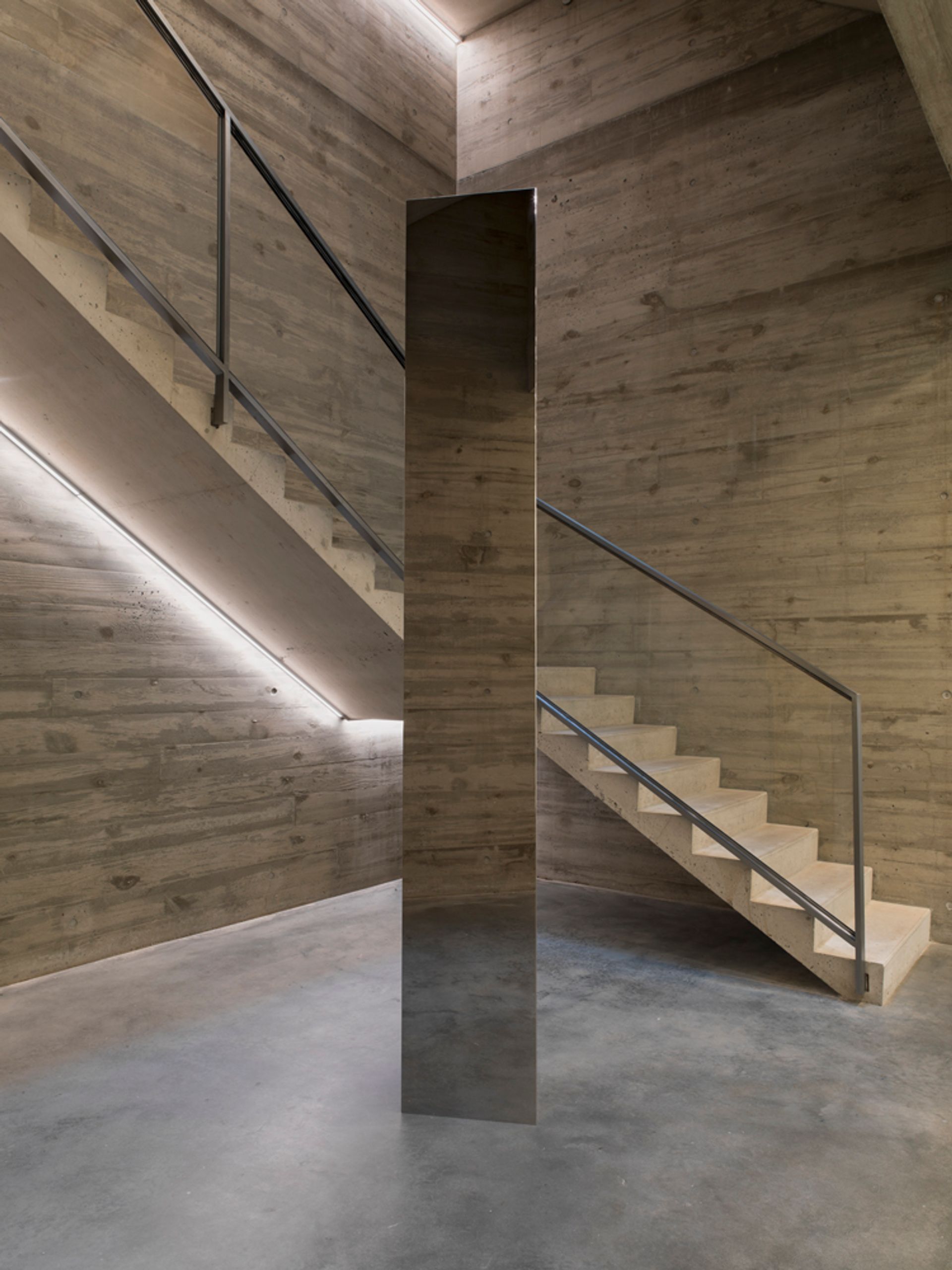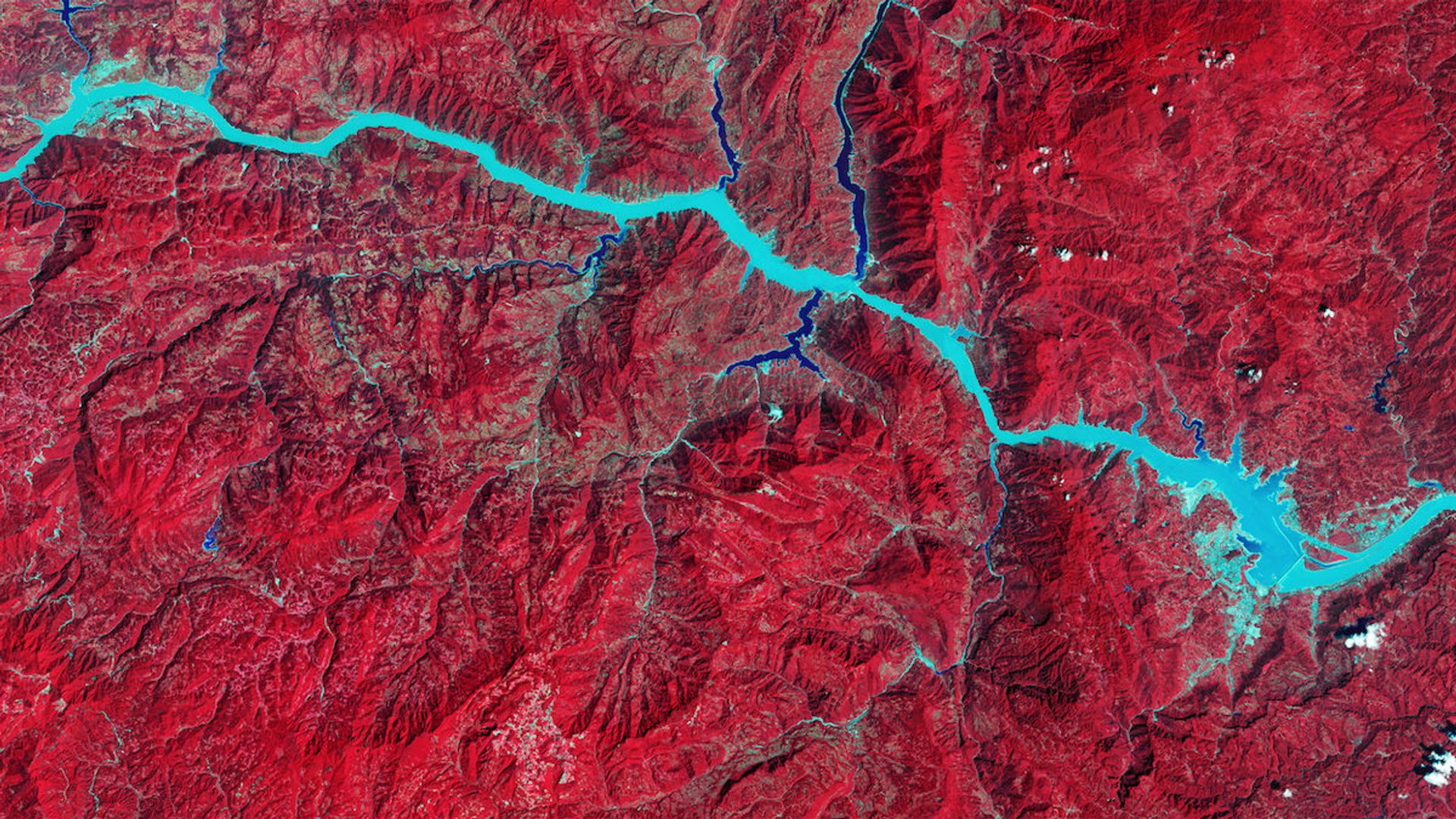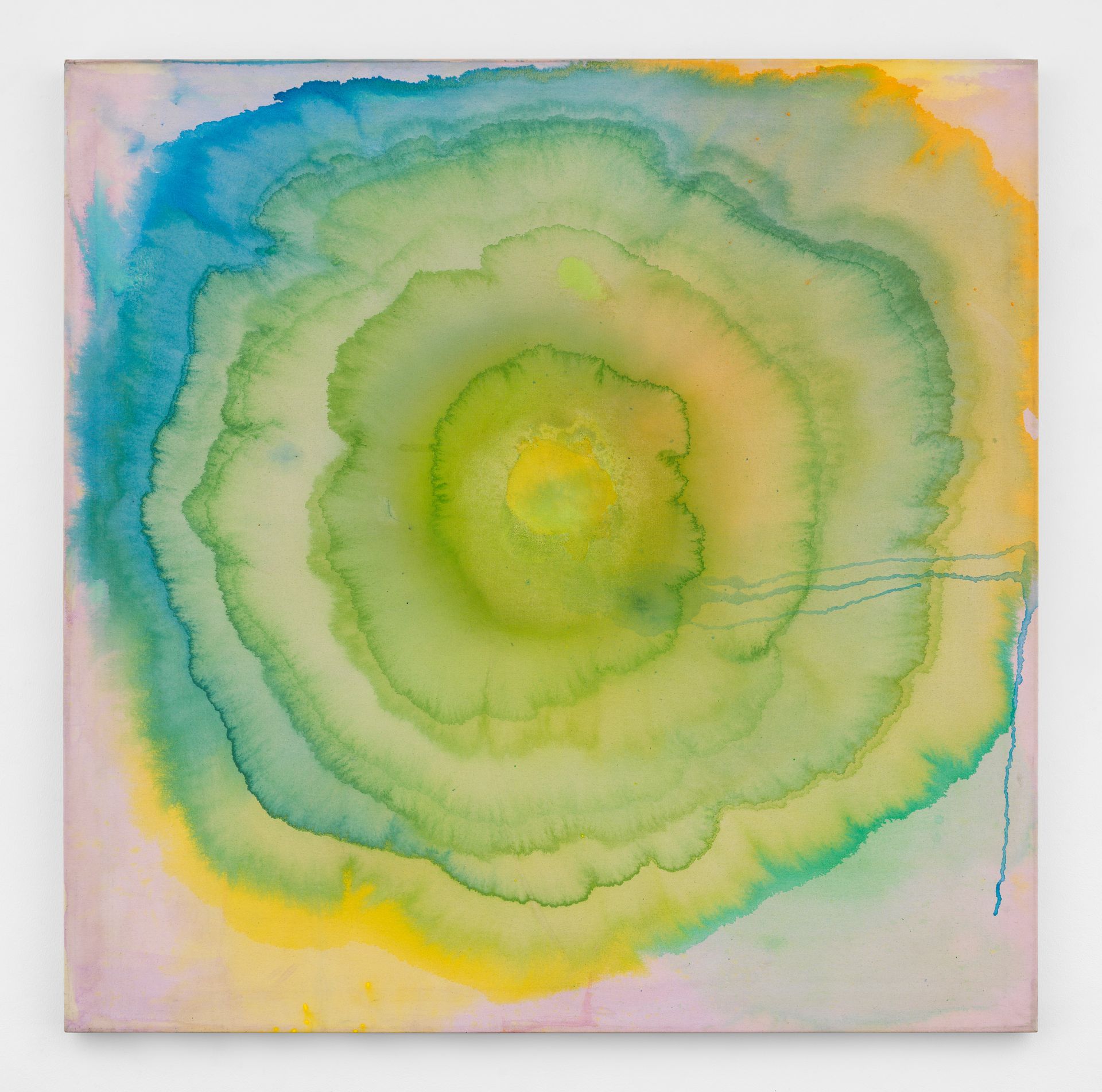Our editors and writers scour the city each week for the most thoughtful, relevant and exciting new exhibitions and artworks on view at galleries, museums and public venues across all five boroughs of New York. This week we recommend:

John McCracken, Fair (2011) at David Zwirner’s 537 West 20th Street gallery in New York © The Estate of John McCracken. Courtesy The Estate of John McCracken and David Zwirner
John McCracken’s Fair (2011)
David Zwirner, 537 West 20th Street, Manhattan
David Zwirner says the “portal” to the mysterious monolith discovered in the remote Utah desert this week is on view at its flagship location on 20th Street—but, you be the judge. The object spotted by biologists of the Utah Division of Wildlife, who were conducting a routine count of bighorn sheep via helicopter, has drawn comparisons to the freestanding plank sculptures of the late Minimalist artist John McCracken, such as the plinth Fair (2011) at the gallery. A spokesman for David Zwirner told The Art Newspaper this week that the monolith “is not a work by the late American artist John McCracken, [but] we suspect it is a work by a fellow artist paying homage to McCracken”. However, Zwirner later told The New York Times that the gallery remains “divided” on the matter, and that he personally believes the piece “is definitely by John”, although some have pointed out aesthetic inconsistencies between the object and McCracken’s work, like the use of bolts. Officials have not revealed the location of the object, but some intrepid travelers have already located the work. Based on aerial images and coordinates shared online, the object lives somewhere near Canyonlands National Park in southern Utah. As the mystery thickens, the object has fascinated art and UFO enthusiasts alike, inspiring not just a race to identify the artist behind the work but also a flurry of conspiracies about extraterrestrial visitation. The gallery is also hosting the group exhibition 20/20, in which artists like Kerry James Marshall and Oscar Murillo reflect on this dystopian year and the future. —Gabriella Angeleti

NASA. Images of Change, Three Gorges Dam, central China. September 24, 1993 – August 22, 2016. Courtesy NASA, U.S. Geological Survey (USGS), Landsat Missions Gallery, U.S. Department of the Interior / USGS and NASA
Broken Nature
Until 21 March 2021 at the Museum of Modern Art, 11 West 53rd Street, Manhattan
The Italian curator Paola Antonelli, the MoMA’s senior curator of architecture and design, highlights humankind’s fractured relationship with the environment in this exhibition comprising more than 100 dynamic architectural and design projects. The show premiered at the Triennale di Milano last year and includes a series of satellite images from NASA showing rapid topological change on Earth and destructive human interventions that can be seen from space, as well as photographs by the British artist Mandy Barker that resemble marine life but are actually long-exposure photographs of plastic debris in the ocean, underscoring the pervasiveness of microplastics in the environment. Antonelli hopes that such works will “stimulate change and correction from the bottom up”, as she said in a symposium last year, and that the exhibition will inspire visitors to “think of practical ideas to implement in their lives, reflect on the fact that we are part of a system and also start thinking long term, beyond two or three generations”. She adds that our detached bond with nature can be “salvaged or repaired—at least temporarily—but only with well-conceived interventions”. —Gabriella Angeleti

Vivian Springford, Untitled, 1977 Almine Rech
Vivian Springford
Until 13 January 2021 at Almine Rech, 39 East 78th Street, Manhattan
This exhibition hosts nearly 20 paintings by the long overlooked abstractionist Vivian Springford. The works date from 1969 and 1984, only a few years before Springford stopped painting due to failing eyesight. The paintings on view were made through a canvas-dying process not unlike her contemporaries Helen Frankenthaeler, Morris Louis, or Sam Francis, though the final products feel slow and meditative when compared to the fierce action present in the canvases of so many of her fellow Abstract Expressionists. Springford maintained that her primary influence was Chinese calligraphy and other East Asian thoughtforms, including Taoism and Confucianism, all of which were introduced to her by the painter and poet Walasse Ting. The influence is discernible in these paintings, which ripple out from central points to create mesmerising and centrifugal compositions that would look equally at home at a Buddhist monastery or on a Grateful Dead t-shirt. Though Springford scarcely exhibited in her lifetime, her entire estate was purchased by former gallerist Gary Snyder after her death in 2003, and in 2018 the estate became represented by Almine Rech. This is her second posthumous solo show with the gallery. —Wallace Ludel
- Click

